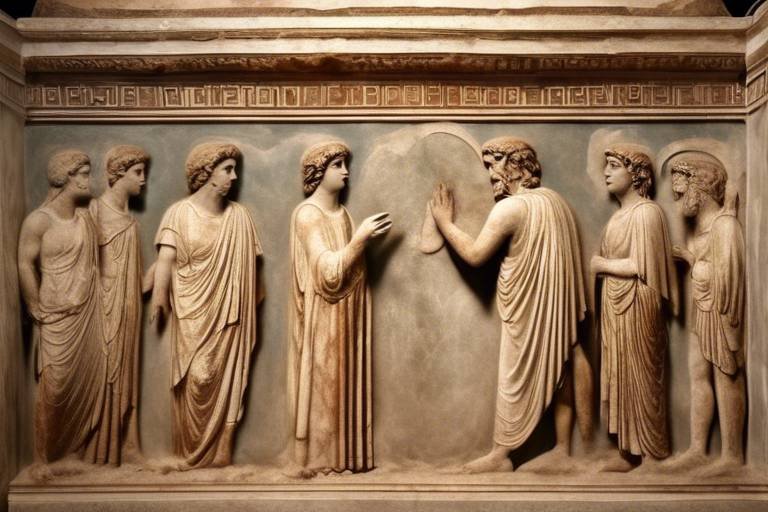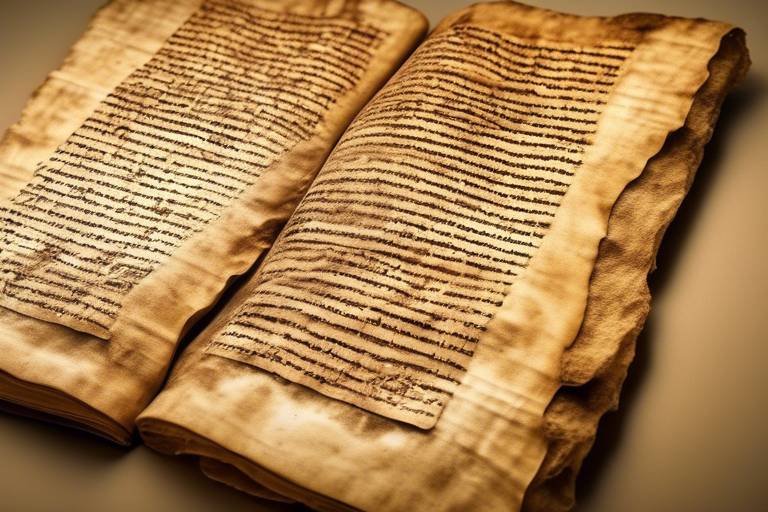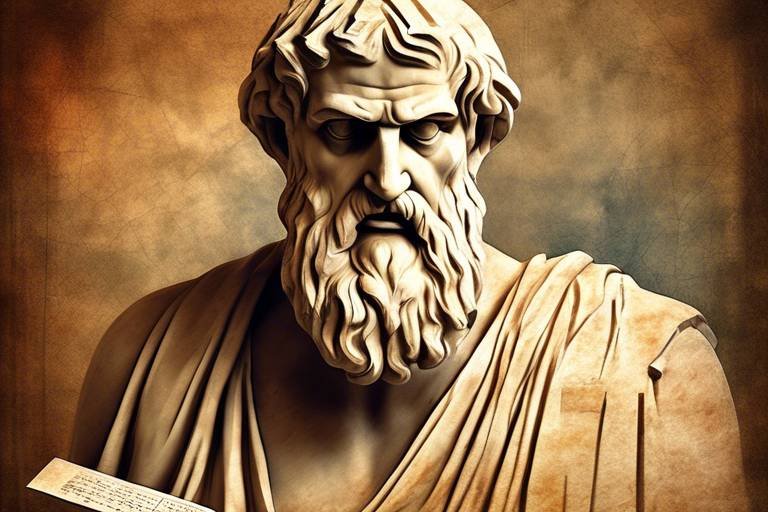The Secrets of the Ancient Egyptian Rituals
Unlocking the enigmatic world of Ancient Egyptian rituals reveals a tapestry of mystique, tradition, and spiritual depth that has captivated scholars and enthusiasts for centuries. These ancient practices, shrouded in secrecy and steeped in symbolism, offer a glimpse into a civilization that revered the divine, embraced the afterlife, and harmonized with the natural world in a way that continues to intrigue and inspire us today.
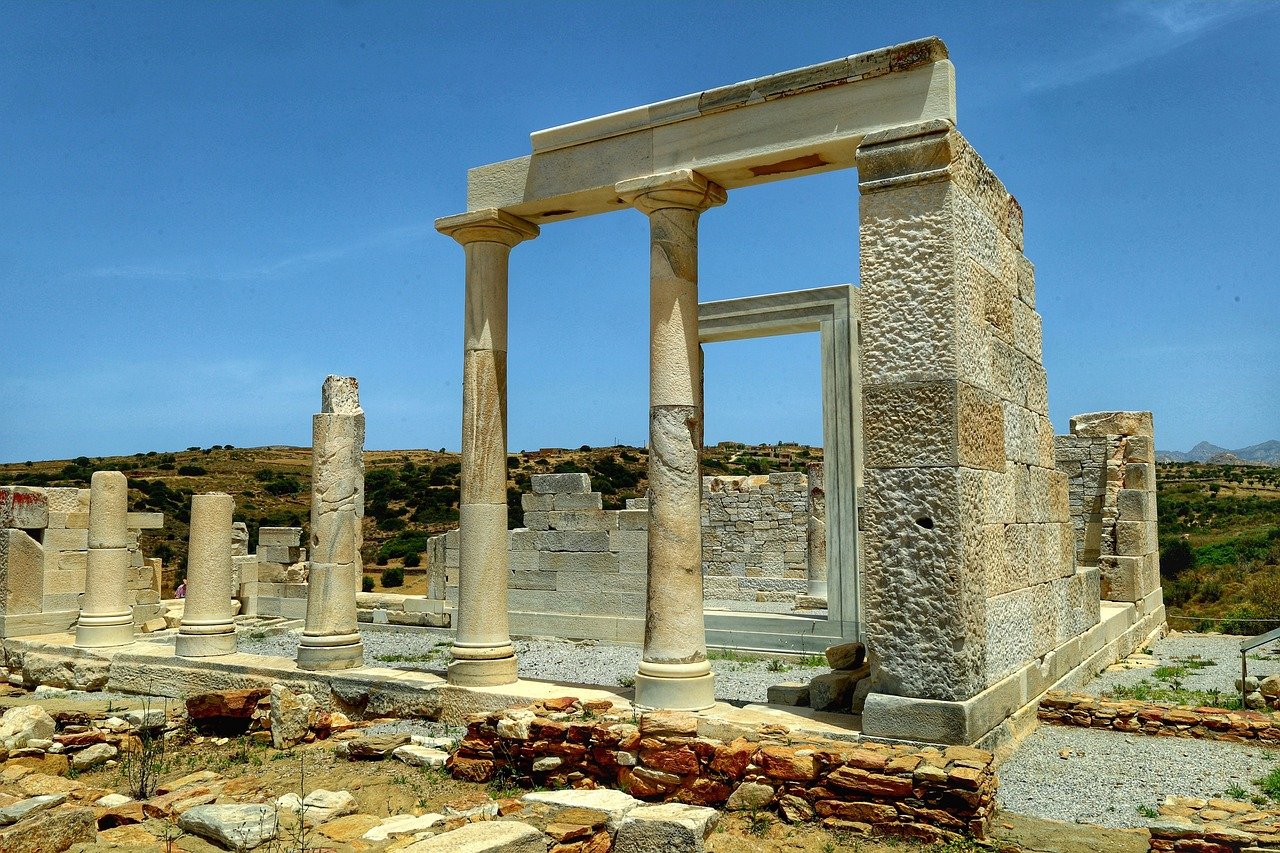
The Importance of Rituals in Ancient Egypt
When delving into the mystique of ancient Egypt, one cannot overlook the paramount importance of rituals in the daily lives and religious practices of its inhabitants. These rituals were not mere routines but intricate ceremonies deeply intertwined with cultural traditions and spiritual beliefs.
Imagine a world where every action, every gesture held profound significance, where the alignment of stars dictated the timing of rituals, and the recitation of sacred texts invoked divine blessings. This was the essence of ancient Egyptian rituals, a tapestry of customs woven into the fabric of society.
At the core of these rituals lay a deep reverence for the gods and goddesses, a belief that through meticulous offerings and prayers, one could maintain cosmic order and ensure prosperity in this life and the next. The ancient Egyptians saw rituals as a bridge between the earthly realm and the divine, a way to communicate with the gods and seek their favor.
Moreover, rituals were not confined to grand temples or royal palaces but permeated every aspect of daily life. From the simplest act of lighting a lamp to the elaborate ceremonies conducted by high priests, rituals were the heartbeat of ancient Egyptian civilization.
Through rituals, the ancient Egyptians sought to honor their ancestors, appease the gods, and navigate the complexities of existence. It was through these sacred practices that they found solace in times of turmoil, guidance in moments of uncertainty, and unity in the face of adversity.
Thus, the importance of rituals in ancient Egypt cannot be overstated. They were the threads that bound together the tapestry of life, the symbols that connected the earthly realm to the realm of the divine, and the keys that unlocked the mysteries of existence.

Rituals for the Afterlife
When delving into the realm of ancient Egyptian rituals, one cannot overlook the profound significance of the rituals conducted for the afterlife. These rituals were not merely symbolic gestures but intricate ceremonies designed to ensure a successful journey to the realm of the dead. Central to these practices was the complex process of mummification, which aimed to preserve the body for eternity. The meticulous embalming and wrapping of the deceased played a crucial role in preparing the individual for the afterlife, where they believed the soul would reunite with the body in the divine realm.
Moreover, burial practices in ancient Egypt were far from simple affairs. The construction of elaborate tombs, such as the iconic pyramids, served as eternal resting places for pharaohs and nobles, equipped with treasures and provisions for the afterlife. These tombs were adorned with intricate hieroglyphs and paintings, depicting scenes from the deceased's life and guiding them through the perilous journey to the underworld. The belief in an afterlife permeated every aspect of Egyptian society, driving the meticulous care and attention given to funerary rituals.
It was not only the physical body that ancient Egyptians sought to preserve but also the spiritual essence of the individual. Rituals for the afterlife included prayers, incantations, and offerings to appease the gods and ensure the deceased's safe passage into the next life. Priests and priestesses played a vital role in conducting these rituals, acting as intermediaries between the living and the divine realm. Their knowledge of sacred texts and rituals was essential in guiding the soul through the trials of the afterlife and securing a favorable judgment before the gods.
The belief in an afterlife was deeply ingrained in ancient Egyptian culture, shaping their worldview and influencing every aspect of daily life. The elaborate rituals and ceremonies associated with death were not seen as morbid practices but rather as essential preparations for the eternal journey ahead. Through these rituals, the ancient Egyptians sought to ensure the continuity of existence beyond the earthly realm, embracing death as a transition rather than an end.

Role of Priests and Priestesses
Have you ever wondered about the mystical and captivating world of ancient Egyptian rituals? Step back in time with us as we unravel the enigmatic practices that shaped the spiritual and cultural landscape of one of the most fascinating civilizations in history.
From the rising of the sun to the setting of the moon, rituals permeated every aspect of daily life in ancient Egypt. These sacred practices were not merely routines but profound expressions of the Egyptians' deep-rooted beliefs and reverence for the divine.
Delve into the mysterious realm of the afterlife as we explore the elaborate rituals and ceremonies meticulously crafted by the ancient Egyptians to ensure a smooth transition into the next world. Discover the secrets behind mummification, burial rites, and the journey to eternity.
In the heart of ancient Egyptian society, priests and priestesses held a pivotal role in orchestrating rituals, communicating with the gods, and maintaining spiritual balance. These revered individuals were the conduits between the earthly realm and the divine, guiding the community through sacred practices and ceremonies.
Uncover the significance of offerings and sacrifices in ancient Egyptian rituals, where gifts of food, incense, and precious items were presented to appease the deities and seek blessings for prosperity, protection, and abundance in all facets of life.
Embark on a journey of symbolism as we decipher the hidden meanings behind ritual objects such as amulets, ankhs, and sacred symbols used in ancient Egyptian ceremonies. These objects were not mere trinkets but powerful conduits of spiritual energy, conveying messages of protection, rebirth, and eternal life.
Join the jubilant festivities of ancient Egypt as we explore the vibrant festivals and annual celebrations that brought communities together to honor the gods, commemorate historical events, and strengthen bonds through shared rituals and traditions.
Witness the mystical practices of healing and magic performed by ancient Egyptian priests, where incantations, herbal remedies, and spiritual ceremonies were employed to cure ailments, ward off malevolent forces, and restore harmony to the body and soul.
Experience the profound connection ancient Egyptians had with the natural world through rituals that honored the elements, revered animals as divine messengers, and aligned with the celestial bodies as manifestations of cosmic energy. Explore the harmony between humanity and nature in the ancient Egyptian worldview.
Reflect on the enduring legacy of ancient Egyptian rituals that continues to resonate in modern spirituality, art, and culture. Discover how these ancient practices have transcended time, inspiring generations and leaving an indelible mark on the tapestry of human history.
Stay tuned for answers to common queries about ancient Egyptian rituals, their significance, and their impact on modern society.
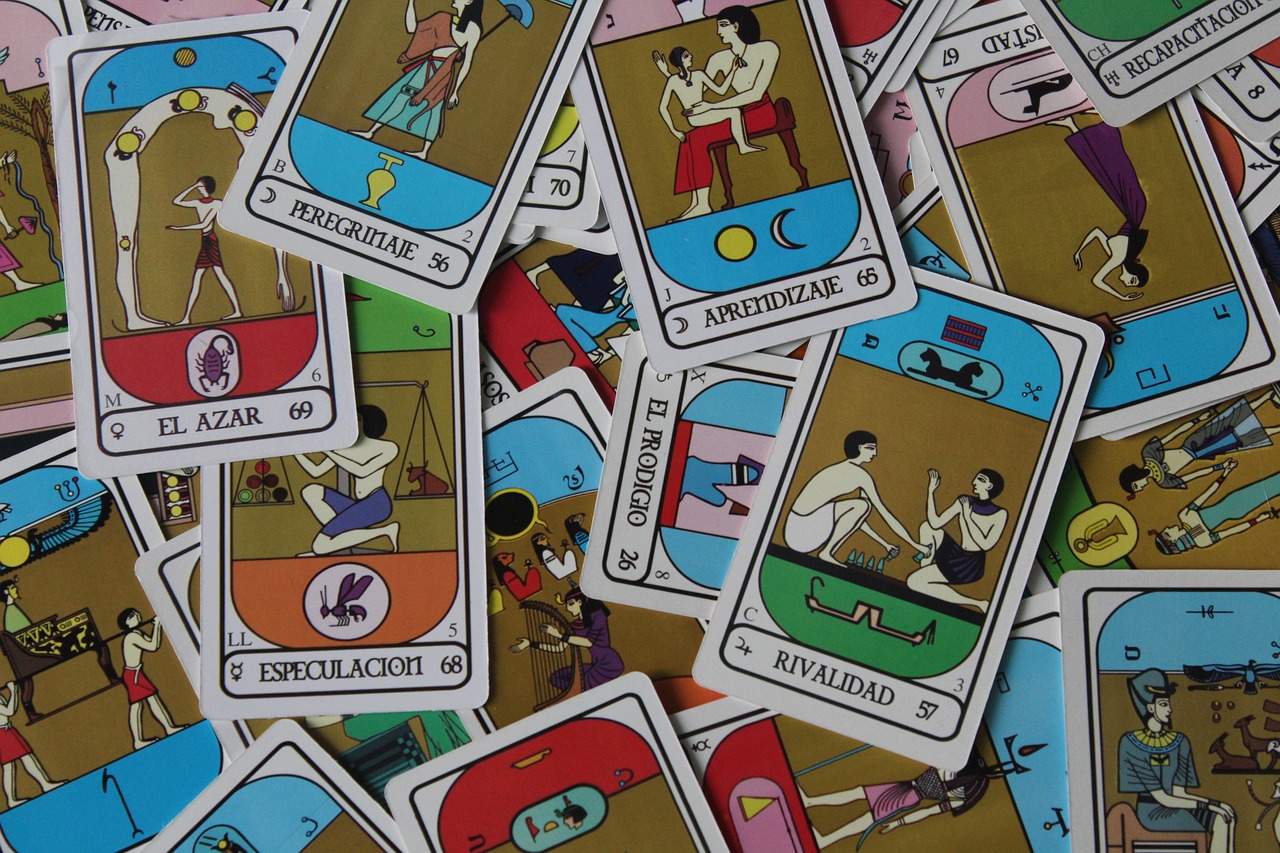
Offerings and Sacrifices
Exploring the significance of rituals in the daily lives and religious practices of ancient Egyptians sheds light on their cultural and spiritual beliefs. Rituals were not merely routine actions but sacred ceremonies that connected the earthly realm with the divine. These practices were deeply ingrained in every aspect of Egyptian society, influencing everything from birth to death.
Delving into the elaborate rituals and ceremonies conducted by ancient Egyptians to ensure a successful journey to the afterlife, including mummification and burial practices, reveals the profound importance they placed on preparing for the afterlife. These rituals were believed to guide the deceased through the perilous journey to the realm of the gods, ensuring their eternal well-being and happiness.
The central role played by priests and priestesses in conducting rituals, communicating with deities, and maintaining spiritual harmony in ancient Egyptian society is unveiled. These revered individuals acted as intermediaries between the mortal world and the divine realm, overseeing the performance of sacred rites and ensuring the favor of the gods through precise rituals and offerings.
Understanding the types of offerings and sacrifices made during ancient Egyptian rituals to honor gods and goddesses, seek protection, and ensure prosperity in various aspects of life is crucial. Offerings ranged from simple food items to elaborate ceremonies involving precious goods and animals, symbolizing the devotion and gratitude of the worshippers towards the deities. Sacrifices were seen as a way to establish a connection with the gods and seek their blessings in return.
In the temples, priests meticulously prepared offerings of bread, beer, and other goods, believing that the essence of these items would nourish the gods and sustain their divine powers. Sacrifices, often in the form of animals such as cattle or birds, were offered to appease the gods and seek their protection and favor. These rituals were not only acts of worship but also expressions of the Egyptians' belief in reciprocity with the divine forces that governed their lives.
Interpreting the symbolic meanings behind ritual objects such as amulets, ankhs, and sacred symbols used in ancient Egyptian ceremonies reveals the intricate layers of spiritual significance woven into these artifacts. Each object carried profound symbolism representing aspects of life, death, rebirth, and the eternal cycle of existence. The use of these objects in rituals served to invoke the powers of the gods and protect the participants from malevolent forces.
Exploring the vibrant festivals and annual celebrations held in ancient Egypt to honor deities, commemorate historical events, and strengthen community bonds through shared rituals and traditions showcases the rich tapestry of cultural expressions that defined Egyptian society. These festivals were not only occasions for joy and revelry but also served as opportunities for spiritual renewal, communal unity, and the reaffirmation of cultural identity.
Examining the practices of magical rituals and healing ceremonies performed by ancient Egyptian priests to cure ailments, ward off evil spirits, and restore balance to the body and soul unveils the intricate blend of spirituality and practical knowledge that characterized Egyptian medicine. These rituals incorporated incantations, herbal remedies, and ritualistic gestures aimed at invoking the healing powers of the gods and restoring harmony to the afflicted individuals.
Highlighting the deep connection ancient Egyptians had with the natural world through rituals that honored the elements, animals, and celestial bodies as manifestations of divine power underscores their profound reverence for the interconnectedness of all living beings. These rituals were not mere superstitions but sacred acknowledgments of the universal forces that governed the cosmos, emphasizing the harmony and balance that existed between humanity and the natural world.
Reflecting on the enduring legacy of ancient Egyptian rituals in modern spirituality, art, and culture showcases how these ancient practices continue to inspire and intrigue people worldwide. The timeless wisdom embedded in Egyptian rituals transcends time and space, offering a glimpse into a civilization that revered the divine, honored the ancestors, and sought to harmonize the earthly and spiritual realms.
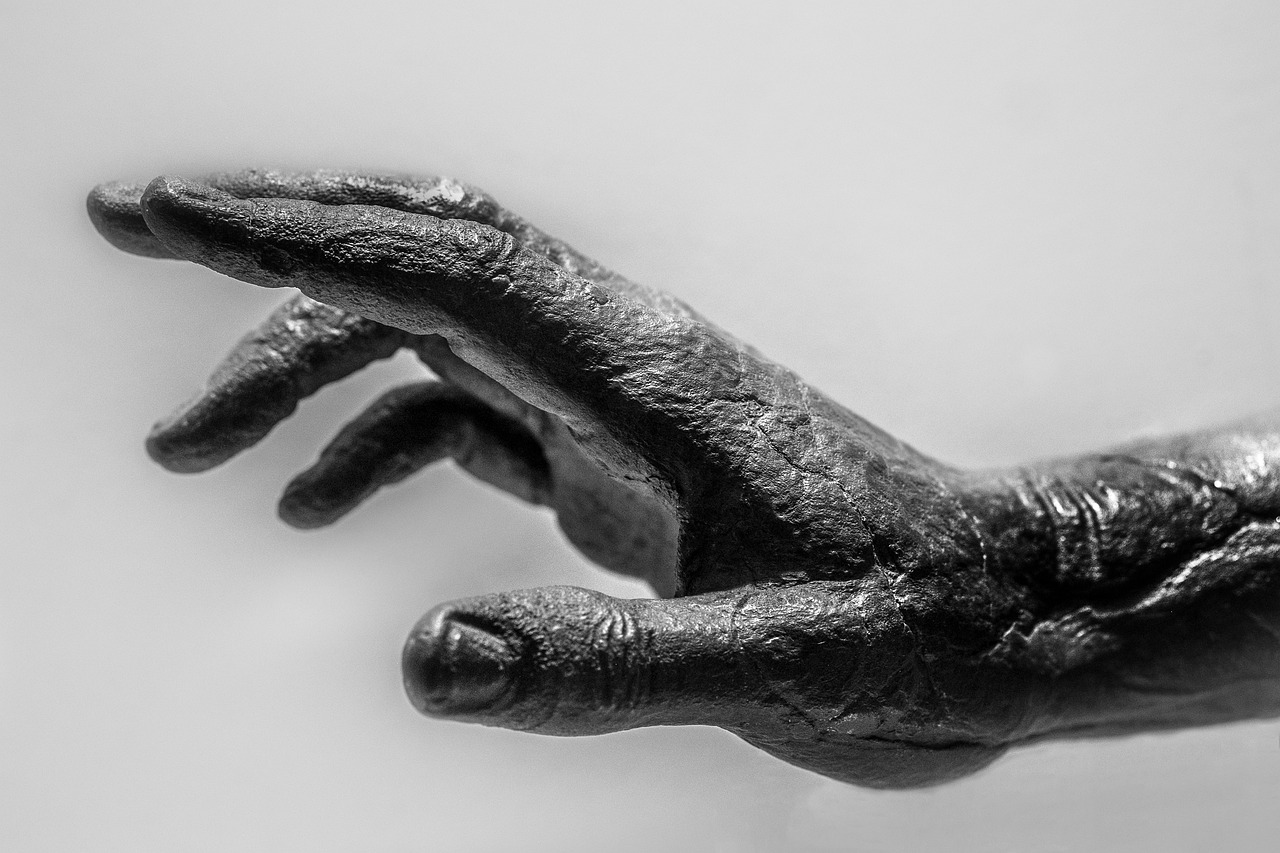
Symbolism in Ritual Objects
When delving into the intricate world of ancient Egyptian rituals, one cannot overlook the profound symbolism embedded in the ritual objects used during ceremonies and religious practices. These objects were not merely decorative but held deep spiritual significance, serving as conduits for divine energies and messages.
Amulets, small charms worn as jewelry or clothing accessories, were prevalent in ancient Egyptian rituals. These talismans were believed to offer protection, luck, and specific blessings to the wearer. Each amulet carried symbolic meaning, representing different deities, concepts, or aspects of life. For example, the scarab beetle symbolized rebirth and regeneration, while the Eye of Horus signified protection and healing.
Another iconic symbol in ancient Egyptian rituals was the Ankh, a cross-like shape with a loop at the top. Known as the "Key of Life," the Ankh symbolized eternal life and vitality. It was often depicted in the hands of deities in ancient artwork, emphasizing the importance of life and the afterlife in Egyptian belief systems.
Sacred symbols such as the Djed pillar, representing stability and strength, and the Was scepter, symbolizing power and authority, were commonly used in rituals to invoke the blessings and attributes associated with these symbols. The intricate hieroglyphs inscribed on ritual objects conveyed hidden meanings and prayers, connecting the physical object to the spiritual realm.
Moreover, the choice of materials and colors in crafting ritual objects held symbolic significance. Precious metals like gold and lapis lazuli were reserved for objects of high importance, symbolizing divine purity and royalty. Colors such as blue symbolized the heavens and the Nile, while green represented fertility and growth, enriching the symbolic language of ancient Egyptian rituals.
In essence, the symbolism embedded in ritual objects served as a visual language that communicated profound spiritual truths, connected practitioners with the divine realm, and invoked the powers of the gods and goddesses. These objects were not mere artifacts but sacred tools that facilitated the transformational journey of the soul through the intricate tapestry of ancient Egyptian rituals.
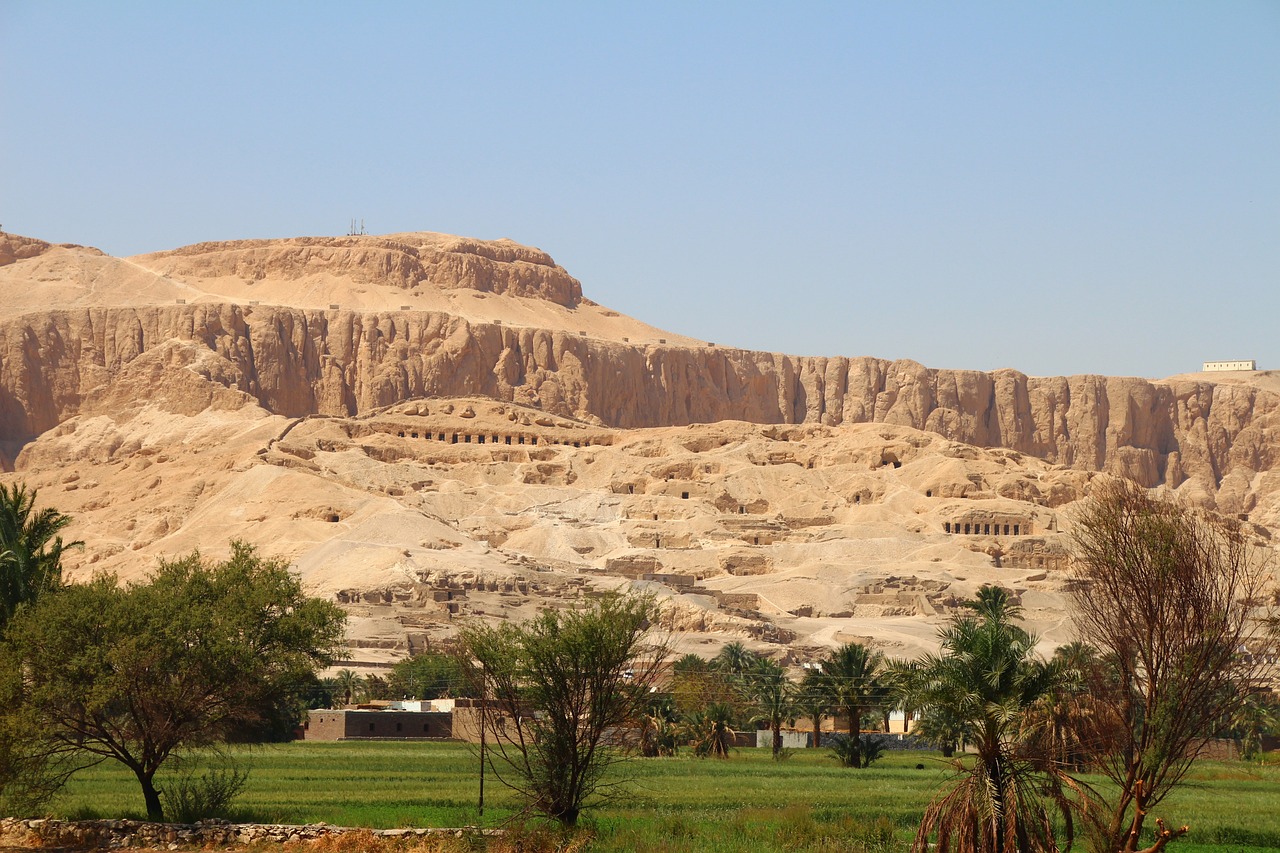
Celebration of Festivals
In ancient Egypt, festivals were not merely events for merrymaking; they were profound occasions filled with symbolism, spirituality, and communal unity. These festivals served as a time for the people to come together, honor their deities, and partake in rituals that connected them to the divine forces believed to govern their lives. Imagine a bustling marketplace adorned with colorful decorations, the aroma of incense filling the air, and the sound of music and chanting reverberating through the streets. The festivals were a spectacle of devotion and celebration, where the boundaries between the earthly realm and the divine were blurred.
During these festivals, the ancient Egyptians engaged in a myriad of activities, from elaborate processions carrying sacred statues of gods and goddesses to intricate ceremonies performed by priests and priestesses. The rituals conducted during these events were meant to renew cosmic order, express gratitude to the deities for their blessings, and seek their continued protection and favor. It was a time of reverence and joy, where the community came together to reaffirm their spiritual beliefs and strengthen their bonds with one another.
One of the most significant festivals in ancient Egypt was the Festival of Opet, dedicated to the god Amun. This grand celebration lasted for several weeks and involved processions from the Karnak Temple to the Luxor Temple, symbolizing the journey of the divine couple Amun and Mut. The festival was a time of feasting, dancing, and offerings, as the people expressed their devotion to the gods and celebrated the renewal of life and fertility in the land.
Moreover, the Sed Festival, held to rejuvenate the pharaoh's rule and ensure the continuity of the kingdom, was a solemn yet joyous occasion marked by rituals symbolizing the king's strength and vitality. The Heb-Sed court ceremonies showcased the pharaoh's prowess and leadership, reaffirming his divine mandate to rule over Egypt. These festivals were not only religious events but also political statements, demonstrating the ruler's connection to the gods and his ability to maintain order and prosperity in the land.
In essence, the celebration of festivals in ancient Egypt was a multifaceted experience that intertwined religious beliefs, social customs, and cultural traditions. It was a time when the barriers between the mortal and immortal worlds dissolved, allowing the people to commune with the divine and partake in rituals that connected them to their spiritual heritage. The legacy of these ancient festivals continues to inspire awe and fascination, offering a glimpse into the rich tapestry of beliefs and practices that shaped the lives of the ancient Egyptians.
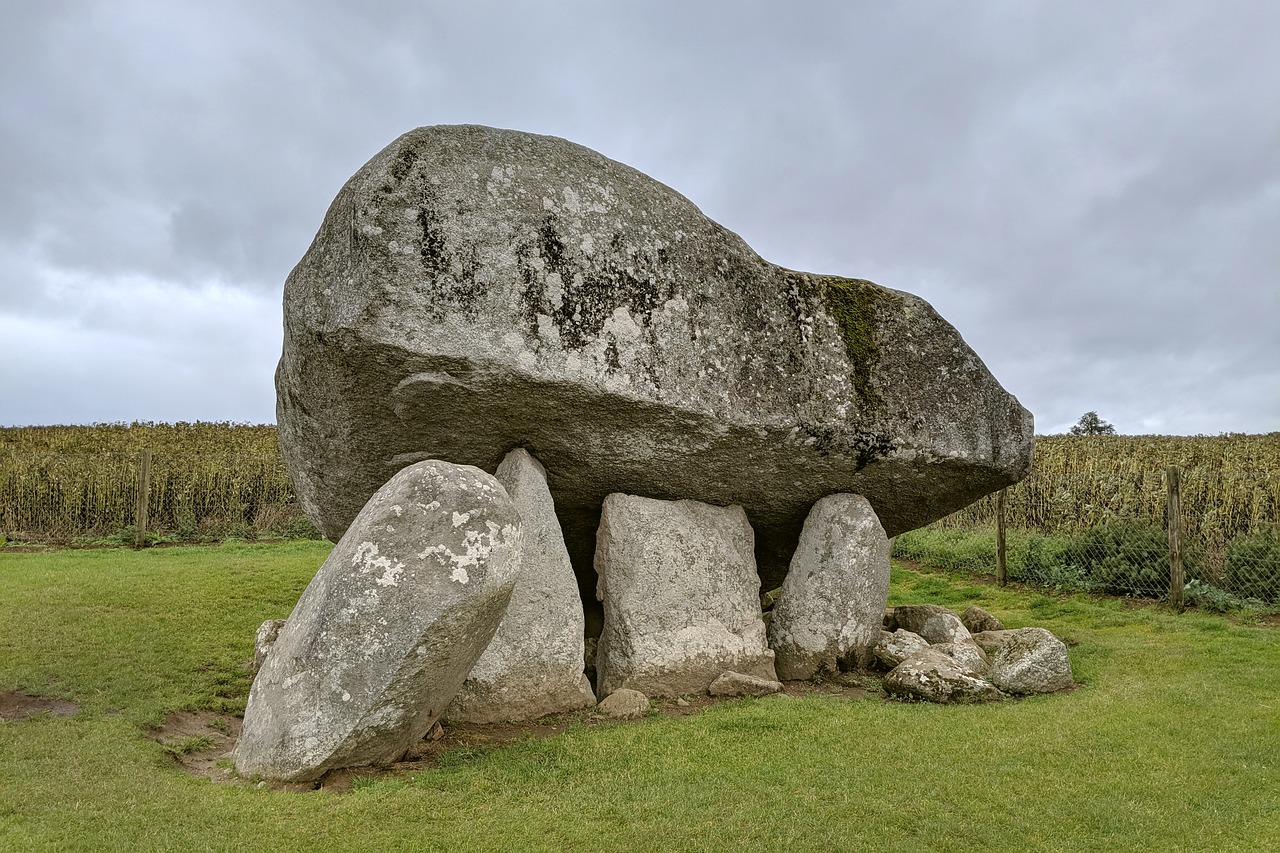
Healing and Magical Rituals
Healing and magical rituals held a profound significance in ancient Egyptian society, serving as a bridge between the earthly realm and the divine. These rituals were intricately woven into the fabric of daily life, offering solace, protection, and restoration to those in need. The priests and priestesses, revered for their spiritual prowess, were the custodians of these ancient practices, harnessing the power of incantations, herbs, and sacred objects to bring about healing and transformation.
One of the most intriguing aspects of healing rituals in ancient Egypt was the belief in the interconnectedness of the body, mind, and spirit. Priests utilized a combination of physical remedies and metaphysical incantations to address ailments, recognizing the holistic nature of well-being. The use of amulets, charms, and ritualistic gestures played a vital role in warding off malevolent forces and restoring harmony within the individual.
Magical rituals, on the other hand, were performed to manipulate the unseen forces of the universe for specific purposes. From love spells to protection charms, these rituals tapped into the mystical energies believed to govern the cosmos. The ancient Egyptians possessed a deep understanding of the power of intention and symbolism, infusing their magical practices with potent meaning and ritualistic precision.
Furthermore, the healing and magical rituals of ancient Egypt were deeply rooted in the concept of Ma'at, the cosmic order that governed all aspects of existence. By aligning themselves with the principles of Ma'at, individuals sought to restore balance and harmony within themselves and the world around them. These rituals were not merely acts of superstition but profound expressions of spiritual wisdom and reverence for the interconnected web of life.
Through the performance of healing and magical rituals, the ancient Egyptians sought to transcend the limitations of the physical realm and commune with the divine forces that shaped their reality. These practices were imbued with a sense of awe and wonder, as the boundaries between the seen and unseen worlds blurred in the flickering light of ritual fires and the chanting of sacred invocations.
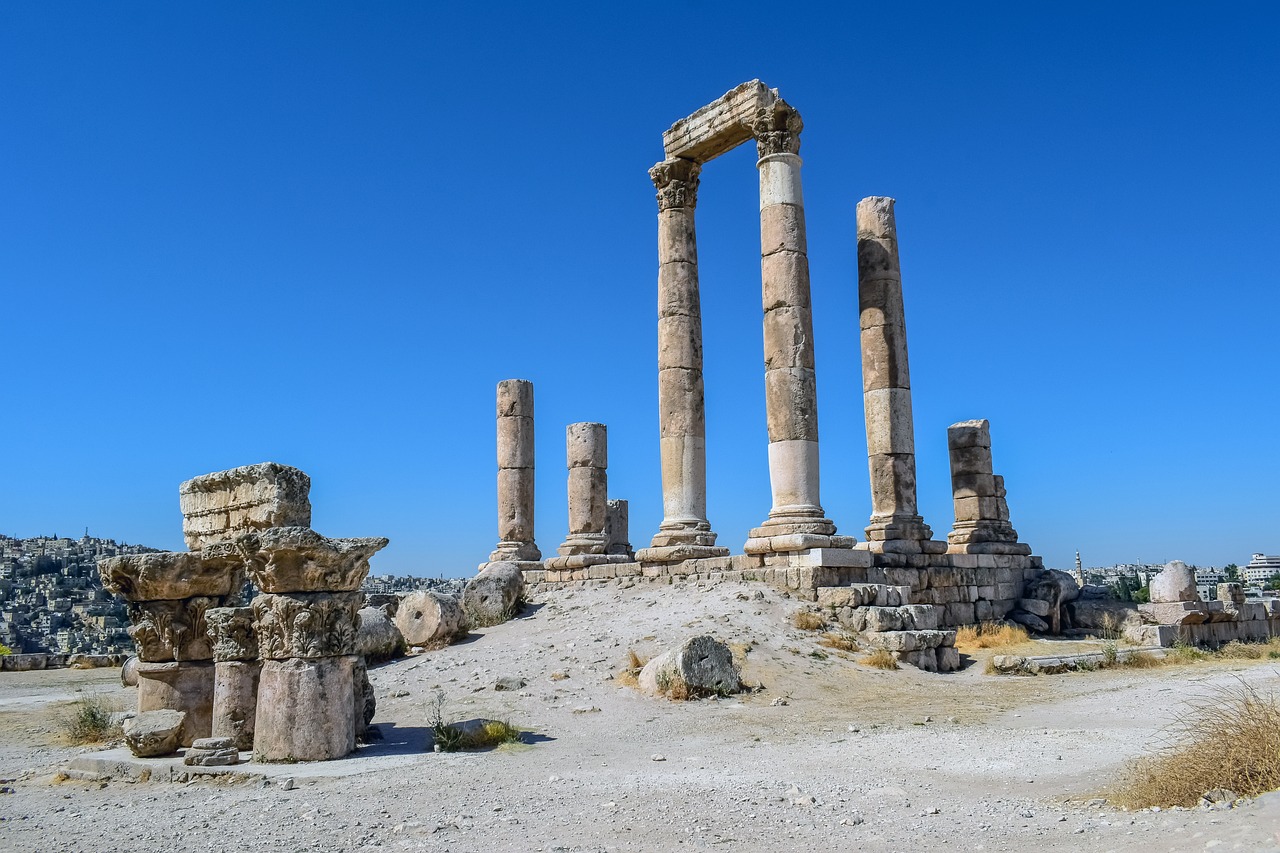
Connection to the Natural World
Ancient Egyptians revered the natural world as a sacred reflection of divine order and cosmic harmony. Their rituals were intricately woven with elements of nature, symbolizing the interconnectedness between humans and the environment. The Nile River, considered the lifeblood of Egypt, held profound significance in their spiritual practices, symbolizing fertility, abundance, and renewal. Priests and priestesses often performed ceremonies by the riverbanks, invoking blessings from the waters that sustained their civilization.
The worship of animals also played a crucial role in ancient Egyptian rituals, with certain animals being regarded as sacred manifestations of deities. The ibis represented Thoth, the god of wisdom, while the cat symbolized Bastet, the goddess of protection. Through elaborate ceremonies and offerings, the ancient Egyptians honored these animal deities, seeking their guidance and protection in daily life.
Moreover, the celestial bodies, such as the sun and the stars, held profound symbolic meanings in Egyptian rituals. The sun god Ra was worshipped as the bringer of light and life, with daily rituals performed to honor his journey across the sky. The alignment of temples and pyramids with astronomical events showcased the Egyptians' deep understanding of cosmic rhythms and their belief in the interconnectedness of earthly and celestial realms.
Ancient Egyptian rituals also celebrated the cyclical patterns of nature, marking the changing seasons with festivals and ceremonies. The inundation of the Nile, which brought fertile silt to the land, was commemorated with offerings and rituals to ensure a bountiful harvest. These seasonal observances reflected the Egyptians' profound respect for the natural world and their belief in the cyclical nature of life, death, and rebirth.
In essence, the connection to the natural world in ancient Egyptian rituals served as a reminder of humanity's place within the larger tapestry of creation. By honoring the elements, animals, and celestial bodies, the Egyptians sought to maintain harmony and balance in their lives, recognizing the divine presence that permeated every aspect of existence.
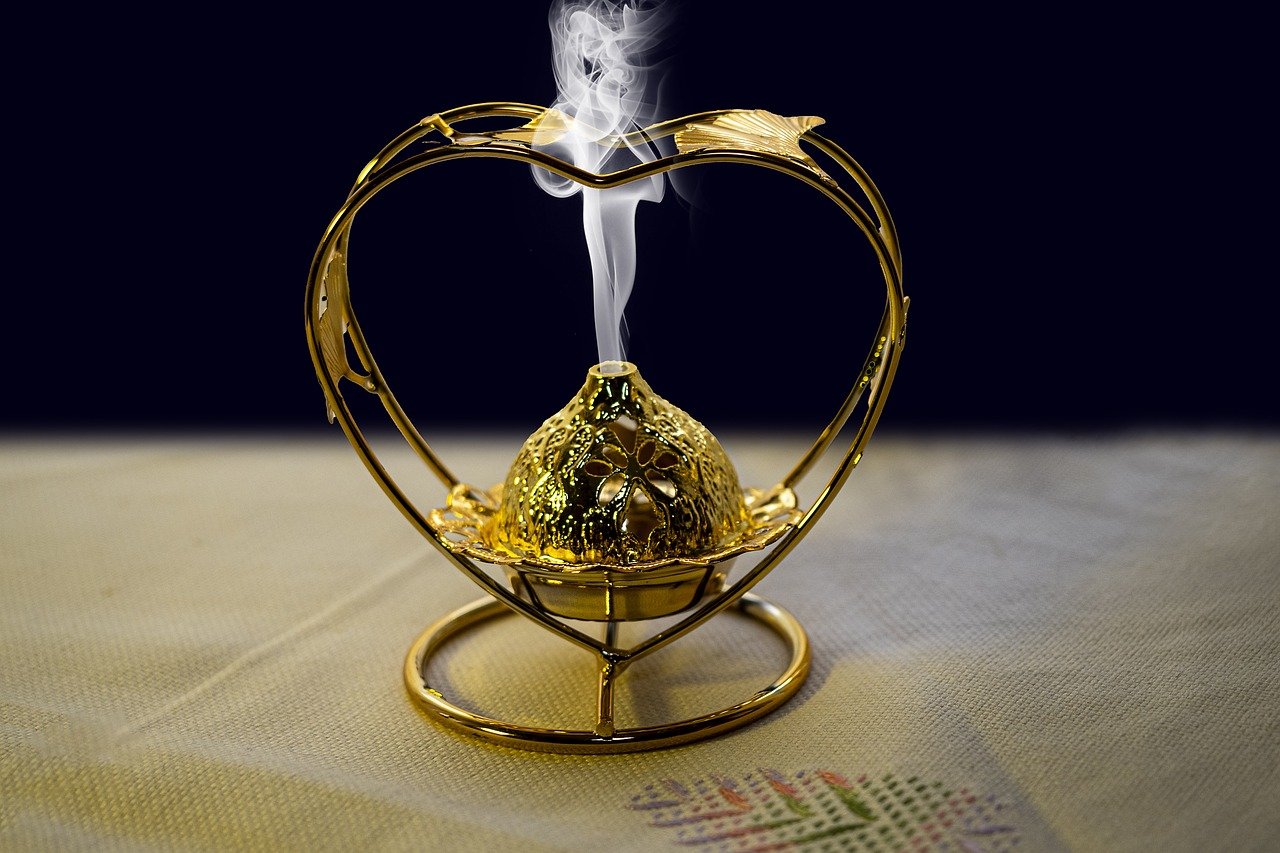
Legacy of Ancient Egyptian Rituals
The legacy of ancient Egyptian rituals transcends time, leaving an indelible mark on modern spirituality, art, and culture. These ancient practices continue to captivate and inspire people worldwide, showcasing the profound influence of Egyptian rituals on various aspects of contemporary life.
Ancient Egyptian rituals have profoundly shaped modern spirituality, with many practices and beliefs finding echoes in different faith traditions. The reverence for deities, the concept of an afterlife, and the use of symbols for spiritual purposes are just a few examples of how ancient Egyptian rituals have influenced modern religious practices.
Furthermore, the art and architecture of ancient Egypt, intricately intertwined with ritualistic symbolism, continue to awe and inspire artists, architects, and historians. The grandeur of temples, the precision of hieroglyphics, and the beauty of ritual objects serve as a testament to the enduring legacy of Egyptian rituals in the realm of art and creativity.
In contemporary culture, references to ancient Egyptian rituals abound, from popular films and literature to fashion and design. The mystique and allure of Egyptian symbolism, such as the Eye of Horus or the Ankh, continue to be prominent motifs in modern aesthetics, symbolizing protection, life, and eternity.
Moreover, the fascination with ancient Egyptian rituals extends to academia and archaeology, where ongoing research and discoveries shed new light on the practices and beliefs of this ancient civilization. The meticulous preservation of tombs, the deciphering of hieroglyphs, and the study of ritual objects provide valuable insights into the spiritual and cultural heritage of Egypt.
Ultimately, the legacy of ancient Egyptian rituals serves as a bridge between the past and the present, connecting us to a civilization that revered the divine, celebrated life and death, and sought harmony with the cosmos. As we continue to unravel the mysteries of ancient Egypt, we honor the enduring legacy of its rituals, keeping alive the magic and wisdom of this remarkable civilization.
Frequently Asked Questions
- What were the main purposes of rituals in ancient Egyptian society?
Rituals in ancient Egypt served various purposes, including honoring deities, ensuring a successful afterlife, seeking protection, healing ailments, and maintaining spiritual harmony within the community.
- Who were the key figures responsible for conducting rituals in ancient Egypt?
Priests and priestesses played a central role in performing rituals, communicating with gods and goddesses, and overseeing the spiritual practices of the society.
- What types of offerings and sacrifices were made during ancient Egyptian rituals?
Ancient Egyptians offered a variety of items such as food, drink, incense, and precious objects as sacrifices to honor deities, seek blessings, and ensure prosperity in different aspects of life.
- How did ancient Egyptians view the natural world in relation to their rituals?
Ancient Egyptians believed in the interconnectedness of the natural world and incorporated rituals that honored elements, animals, and celestial bodies as manifestations of divine power, reflecting their deep spiritual connection to nature.
- What is the legacy of ancient Egyptian rituals in modern times?
The legacy of ancient Egyptian rituals can be seen in various aspects of modern spirituality, art, and culture, with their practices continuing to inspire and intrigue people around the world, showcasing the enduring impact of their ancient traditions.



